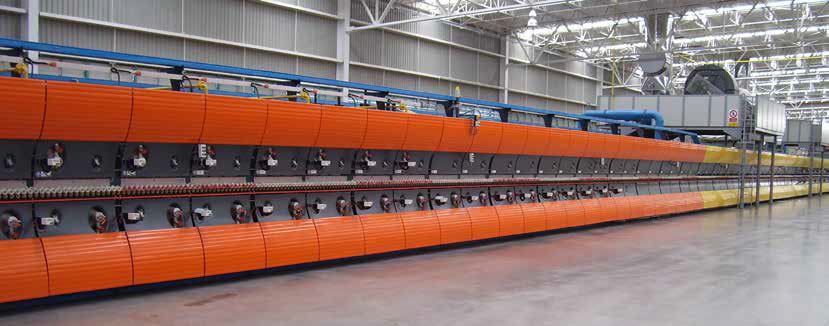Abstract
Due to its excellent mechanical properties and castability, ductile iron is one of the most used materials in critical engineering applications today – from wind turbines, to gas and steam turbines, nuclear waste storage, big engine blocks and hydraulic presses. Design engineers however require consistent reliable data on the mechanical properties and microstructure, as well as how these change within the item itself. Casting simulation is a helpful, effective tool for designers to investigate the influence that casting processes are likely to have on material strength. Concurrent Engineering, which sees this knowledge being shared between design and manufacturing engineering, plays an important role in the design of heavy ductile iron casting components, which are widely distributed in microstructures, and on the mechanical properties of the items themselves. Since this is a complex measurement, very few studies have compared simulated results and experimental data for long solidification times. There is also limited research that focuses on the prediction of the probable microstructure and the mechanical properties of large items that require lengthy solidification times and where huge segregation can have an important impact. In addition, most of the existing studies are based on specific geometries that are difficult to transfer to generic commercial items. This technical article discusses a comparison study of simulated results and experimental data on the cooling curves, the microstructure and the mechanical properties inside a general commercial ductile iron casting.
Read the article


